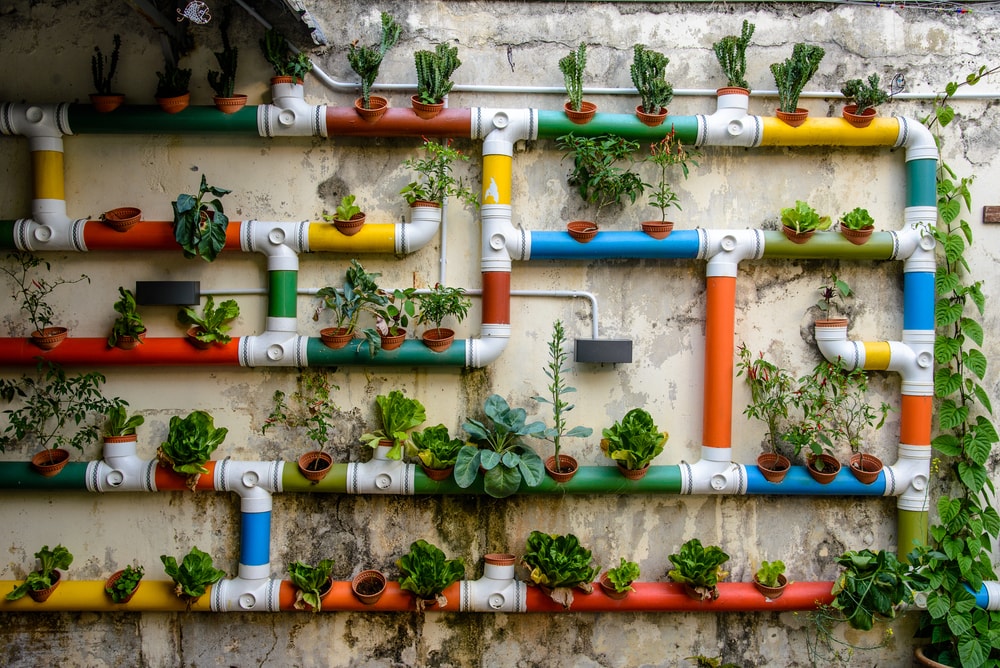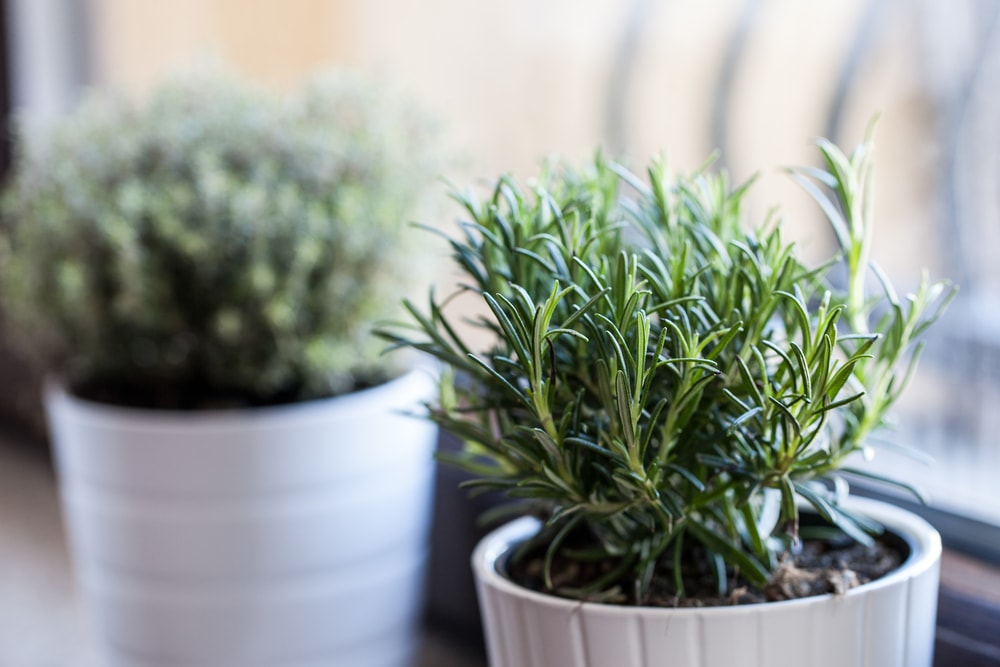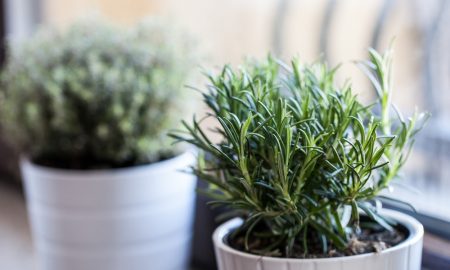Few would argue against the benefits of working outdoors and being in touch with nature. There’s a sense of calm and serenity when you’re outside, surrounded by the bright colours of nature and sound of birds flying overhead or animals scurrying on the ground. ‘Forest bathing’ has been practised widely in Japan since the ’80s and is slowly starting to gain popularity outside the country as well. Shinrin-yoku, as it’s known in Japan, is spending time in a forest with no end-destination or goal – just a peaceful, quiet walk in nature away from any distractions. Several scientific studies have supported the idea that spending time in nature is beneficial to an individual’s overall health and well-being, and this is not surprising. There’s just something about disconnecting from the modern world for a while and going back to nature that agrees with us humans.
However, since many urban dwellers aren’t fortunate enough to live near a forest, one of the quickest ways to experience nature is to tend to a garden – almost like a mini forest bathing session. In many urban communities around the world, especially where in-house garden space is sparse, community gardens have been set up to facilitate this healthy pastime. Though not at all a new concept to the rest of the world – countries like America, Australia, and the UK all have thriving community gardens – the movement is still relatively new in Malaysia.
Growing greens together
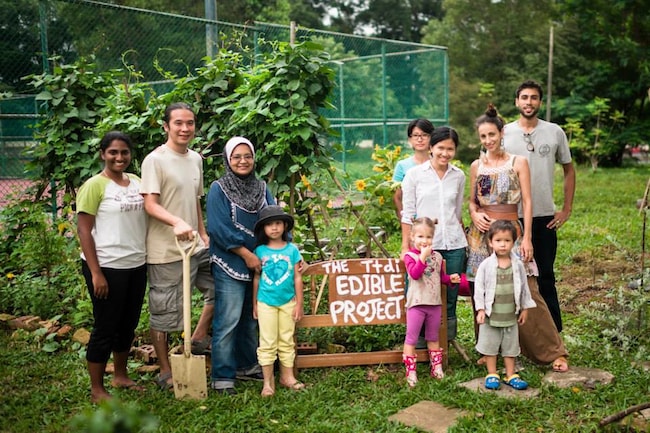
A community garden is basically a large area of land that is divided into smaller individual plots that are rented (in some cases, just given for free) to a family or individual in the community. The family then works the land, planting flowers, fruits, and vegetables. Some people do it to save money by growing their own food while others do it to keep busy.
In Malaysia, there are already several community gardens set up in residential areas, either through private initiatives or with government aid. The TTDI Edible Project, a community garden set up by residents of the Taman Tun Dr Ismail neighbourhood, is one of those initiatives. The residents transformed a once-barren land area by the Community Hall into a thriving oasis of greenery. Residents can adopt a plot and plant whatever they want, as long as they agree to maintain it.
There are also several community gardens in Subang Jaya and Putrajaya that were set up in collaboration with local authorities as part of a pilot project to get more people out of their houses and living a greener life. The community garden in Seksyen 24 Shah Alam is tended by the residents nearby, and some of the harvest is kept for personal consumption while the rest is sold at the local fresh market every Wednesday morning. These little plots of green in suburban areas around KL are just the start of a greener Malaysia.
Setting up a community garden
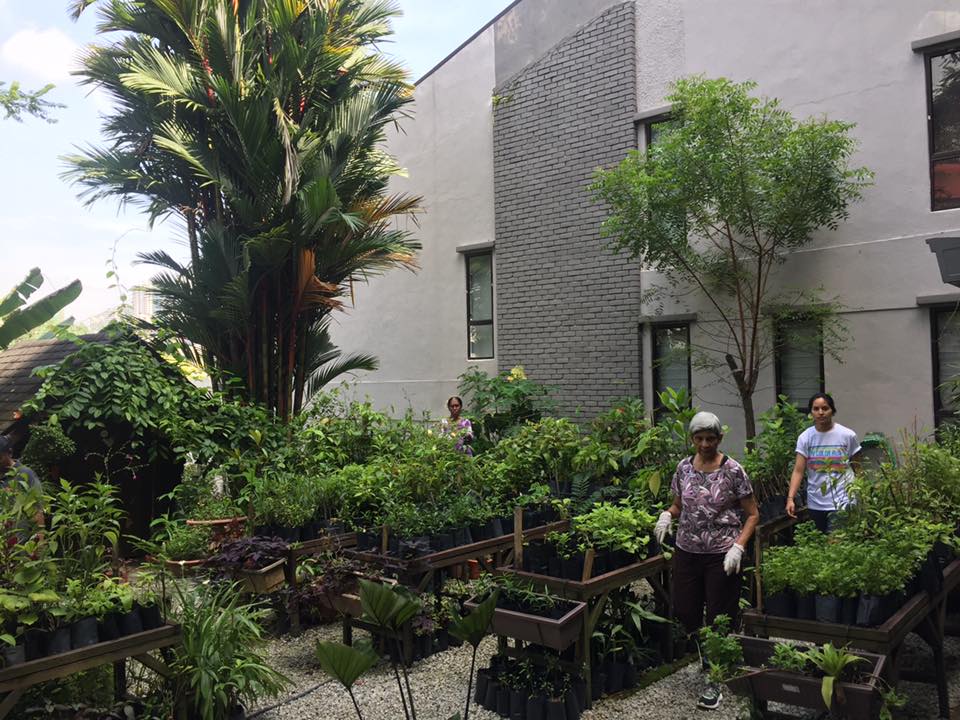
If you are looking to set up a community garden in your housing area, maybe all you need to do it to get in touch with your local council for permission to turn a piece of public land into a community garden. With a little legwork, you could be stir-frying kangkung you’ve grown in your backyard in no time at all. In fact, the community in USJ 4 did just that. They sought permission from the Subang Jaya Municipal Council to turn a bare piece of land by a storm drain into a garden. The residents all pitched in to take care of the garden together and reap the healthy results of their work. They’ve even started rearing fish!
However, unlike the UK or Australia, there doesn’t seem to be an existing structure for setting up community gardens in Malaysia. There’s no governing authority or organisation to take the lead or provide a simple registration system for any community that might want to start their own garden. What Malaysia really needs is an agency of some sort that would be able to process requests for community gardens. In fact, that agency can even lead the charge in setting up community gardens around the country. All we need is a little organisation, some resources, and a proper channel for this. Once there’s a clear pathway to create and request for the creation of community gardens, there is little doubt that community gardens could really start to take off in urban communities in Malaysia.
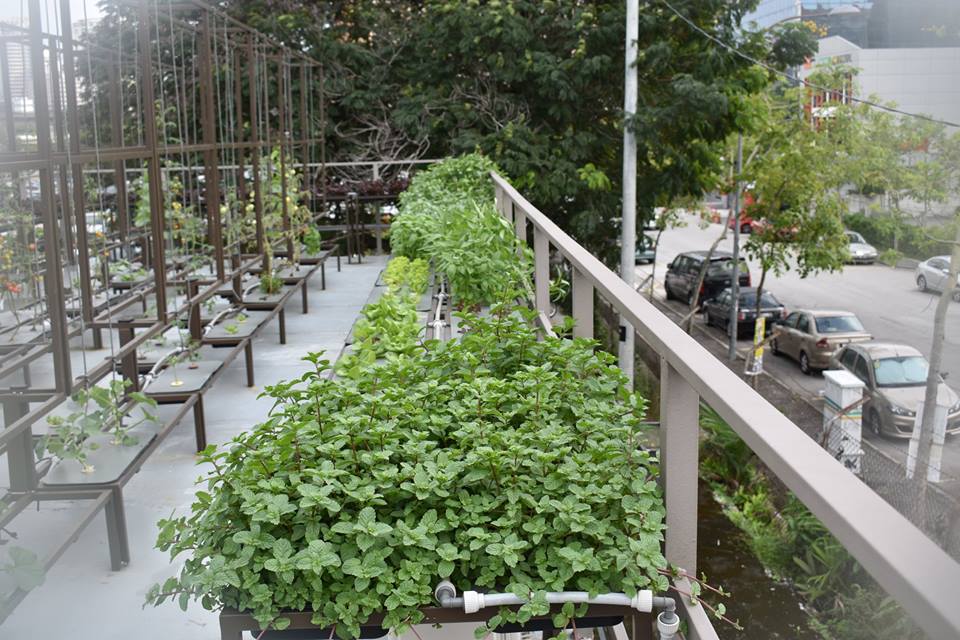
The agency wouldn’t even have to be that big or involved. All it would need to do is help the public coordinate with local councils to convert unused public land into a garden and perhaps provides gardening resources like workshops and seedlings. The actual maintenance of these gardens can be left to the community. It’s been proven already (see community gardens in Shah Alam and USJ) that there are enough people who are willing to volunteer their time to projects like these. It’ll also give many retirees (and busy workers of all age) something to focus on and care for, an outlet for meeting like-minded people, and a healthy and social hobby to keep them busy, both mentally and physically.
Starting small with urban gardens
For those of us who do not have the time nor the confidence to tend to a whole plot of land, we might turn to urban gardens instead, or even indoor gardens. Everything from potted herbs by a windowsill to vertical wall garden fixtures and rooftop gardens in big crates is acceptable. Where there’s space for some soil and roots, there’s space for a garden – at least that’s the idea. And it’s quite an appealing idea, too. You’ll not only have quick and easy access to your harvest but you’ll also have a greener home, which is both aesthetically pleasing and demonstrably healthy.
We see and hear on TV all the time about how easy it is to take care of a few potted herbs, whether it’s from popular chefs like Jamie Oliver or Youtube cooking sensations, SortedFood. It’s amazing what a little soil and sun can do. There are plenty of plants that are easy to care for in small planters, which is great for everyone, even those lacking a green thumb. Trust me, I know.
I’ve been trying really hard to keep my late grandmother’s garden alive. So far, it’s doing okay – with plenty of help from one of our neighbours who is an avid gardener. We now have a curry leaf plant that’s growing quite sturdily and a rosemary plant in a pot that looks like it has potential to turn into a bush if we let it. I did kill some mint and coriander plants more than a few times though, but I’m going to just ignore that for now. I’ve also recently bought a sweet basil seedling. Basil grows well with Malaysia’s sunny weather (though it requires plenty of water), so I’m keeping my fingers crossed that it stays alive!
Starting up your own urban garden requires very little effort. You can either DIY your own planters by reusing old jars and containers and buying some seeds from the store or you can purchase a growing kit that comes with everything you need including fertiliser and germination sponges.
Personally, I think every home should have some greenery, edible or not. It’s actually quite satisfying to use your own home-grown herbs and vegetables when you cook. You know where your food is coming from and how it was cared for. In the long run, home gardens are not only better for the environment, it’s also better for your health. Also, fuss-free plants like herbs and lettuce can be grown indoors with minimal care, so even really busy people can grow some of their own produce. You don’t have to replace all your consumables with home-grown food; even just one or two items will do. Small steps, right?
If you want to start your urban garden, check ou these starter kits:
"ExpatGo welcomes and encourages comments, input, and divergent opinions. However, we kindly request that you use suitable language in your comments, and refrain from any sort of personal attack, hate speech, or disparaging rhetoric. Comments not in line with this are subject to removal from the site. "


